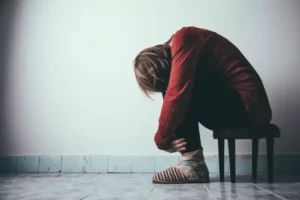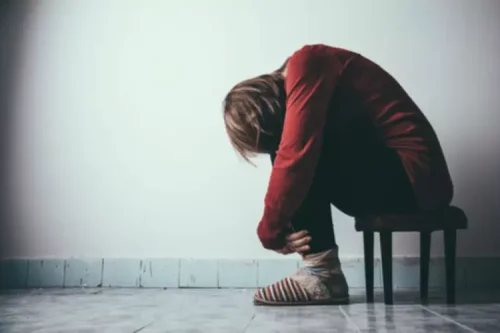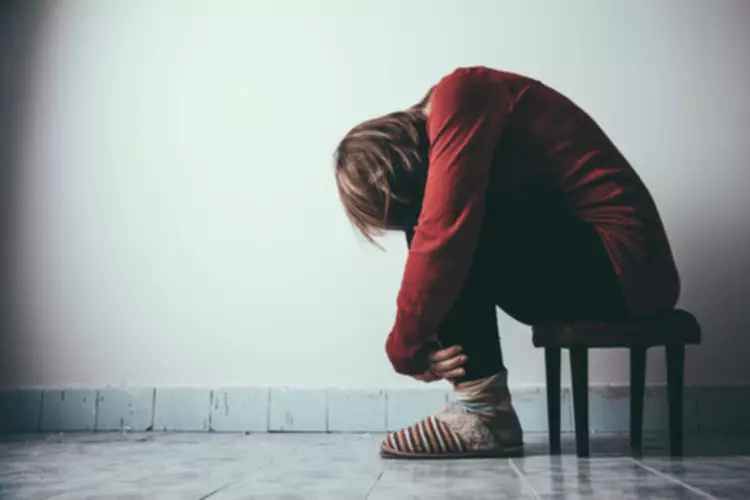
Sober living houses can assist in educating drug users and reducing the chance of relapse. One study into Oxford House recovery homes found that they reduce relapse by providing closer monitoring and referring additional services to residents with a history of severe addiction. Developing a social network that supports ongoing sobriety is also an important component of the recovery model used in SLHs. Residents are encouraged to provide mutual support and encouragement for recovery with fellow peers in the house.
What Are the Differences between Halfway Houses and Other Sober-Living Houses?

Level III homes employ administrative staffers, such as a facility manager and certified staff of case managers, and maintain an organizational hierarchy. Adding on to previous Levels’ services, Level III includes an emphasis on life skill development, offsite clinical services and in-house service hours. Try to determine their optimism, willingness to offer support and motivation for sober house remaining sober. That can be a good time to get to know future roommates and decide whether that particular house is best for you.

Primary Outcomes
Several factors determine length of stay, such as the severity of the addiction, a person’s history of substance abuse, their recovery progress, ability to follow rules and ability to pay rent. There is no in-house treatment or requirement to attend a specific recovery program, but 12-step participation is popular in Oxford Houses. A new house member must be interviewed by current residents and must receive an 80 percent vote of approval to be accepted. Sober living homes may or may not be accredited or licensed through a state, local, or national agency. Many people develop meaningful and fulfilling relationships with their roommates. We were founded jointly by Vanderburgh House, an operator of sober houses in Massachusetts, and Vanderburgh Communities, an organization supporting sober living and recovery home operators.
- While completing a substance abuse rehab program before moving in may not be required, it can help individuals to stay sober.
- While a sober living house doesn’t offer individual or group counseling, it offers structure and support to help you maintain your sobriety.
- Our study design had characteristics that DeLeon, Inciardi and Martin (1995) suggested were critical to studies of residential recovery programs.
- It would also be helpful if the house were near your work or school, a grocery store, public transit, a laundromat, and a healthcare provider.
- These homes encourage residents to set personal goals and offer the guidance and resources needed to achieve them.
Is a Sober Living House Right for You?
Strict policies against substance use within the home, combined with regular drug and alcohol screenings, ensure that the living environment remains safe and supportive of recovery. This peace of mind allows individuals to focus on their recovery journey without the constant temptation or fear of relapse. A sober living house (SLH) is a residence for people recovering from substance use disorder. Sober living homes are meant to be safe, supportive environments that emphasize the importance of building a community and camaraderie with others. Individuals typically enter an SLH after being discharged from a clinical treatment center before returning to their previous home and routine.
ACTS – North Austin Sober Homes – Women
- We encountered some folks from the Cherokee Nation, and some other nations further back east.
- Sober living homes, sometimes referred to as transitional living arrangements, halfway houses, or recovery residences, can be a step down from formal substance use treatment programs.
- Studies indicate that living in sober homes after inpatient treatment increases recovery rates, financial strength and overall stability.
- Although relapse is a common part of the recovery process, it threatens the recovery of all residents.
- The facilities are usually pleasant and can include private rooms and bathrooms.
Sober living homes are structured, safe and substance-free living environments for individuals in recovery. They are also commonly known as sober houses, recovery homes, halfway houses or recovery residences. Freestanding SLH’s offer a limited amount of structure and no formal treatment services. Thus, they are optimal for residents who are capable of handling a fair amount of autonomy and who can take personal responsibility for their recovery. Expansion of freestanding SLHs in communities might therefore ease the burden on overwhelmed treatment systems. In communities that are unable to fund a sufficient number of treatment programs for individuals with substance use disorders, freestanding SLHs might be a clinically and economically effective alternative.
Shekinah Communities – Women
In Oxford Houses, individuals who relapse cannot return until they complete a 28-day rehab program or complete treatment and demonstrate an ability to continually attend support group meetings. The best facilities employ compassionate staff and enforce strict rules that support the recovery process. All of a sober house’s residents are expected to pursue better health and a substance-free life. Substance use treatment providers may offer oversight in some instances, although this is not always the case. Houses listed on this page are in alpha order and specify gender served and location. Before you start your search, make a list of what you will be doing while in sober living….looking for a job?
Some homes are part of a behavioral health care system where residents live next to a rehab clinic, participate in outpatient therapy and have access to the clinic’s recreational activities. Numerous studies have shown that most people who live in sober homes after attending treatment have low rates of relapse and are able to live productive lives. Sober living homes are realistic, cost-effective living environmentsr for people in recovery. Sober living houses (also called halfway houses or recovery houses) refer to group residences for people recovering from addiction. The two types of recovery houses assessed in this study showed different strengths and weaknesses and served different types of individuals. Communities and addiction treatment systems should therefore carefully assess the types of recovery housing that might be most helpful to their communities.
- In most sober-living environments, bedrooms are shared, but some do provide individual rooms.
- This measure includes 9 items and was developed by Humphreys, Kaskutas and Weisner (1998) to measure the strength of an individual’s affiliation with AA.
- Residents are encouraged to provide mutual support and encouragement for recovery with fellow peers in the house.
- Read on to learn more about sober living houses, including how they function, whether one may be right for you or a loved one and how to find a reputable facility in your area.

Typically, residents entered these SLHs after establishing some period of sobriety while they resided in a nearby shelter and attended the outpatient https://ecosoberhouse.com/ program. A significant strength of the Options houses was that residents were able to maintain low alcohol and drug severity at 12-month follow up. Facilitating access to recovery resources is a fundamental aspect of sober living homes. Through connections with local support groups, counseling services, and employment resources, these homes serve as a bridge for individuals seeking to reintegrate into society.

Commentaires récents